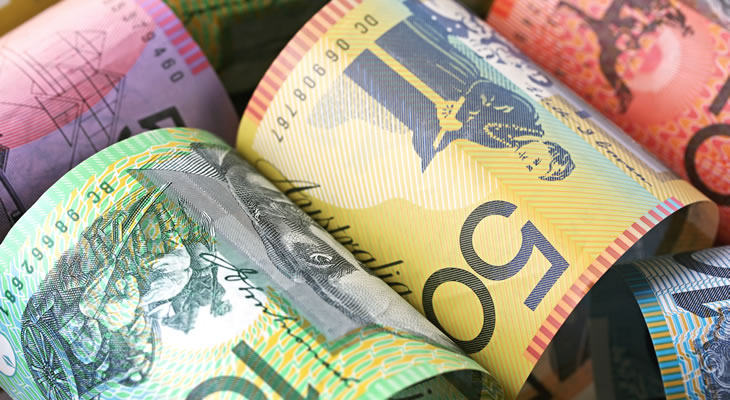GBP/AUD Exchange Rate Slips as UK Manufacturing Worst since 2016
The Pound Australian Dollar (GBP/AUD) exchange rate is down today and is currently trading within the region of AU$1.8010 on the inter-bank market.
Sterling (GBP) slipped against the Australian Dollar (AUD) after the publication of the UK manufacturing PMI figures for January fell below expectation to 52.8 – their worst since July 2016.
Rob Dobson, a director at IHS Markit, commented:
‘January also saw manufacturing jobs being cut for only the second time since mid-2016 as confidence about the outlook slipped to a 30-month low, often reflecting ongoing concerns about Brexit and signs of a European economic slowdown. With neither of these headwinds likely to abate in the near-term, there is a clear risk of manufacturing sliding into recession.’
Meanwhile, the Australian Dollar benefited from the publication of Australia’s PPI figures for the fourth-quarter which increased by 0.5%, although these fell below expectation.
China’s Caixin manufacturing PMI figures for January, however, fell further into contraction at 48.3, which were worse-than-expected.
GBP/AUD Exchange Rate Falls as Businesses Flee UK over Brexit
Pound investors are becoming increasing cautious as Prime Minister Theresa May is facing a deadlock between the UK and EU over the Irish backstop, with the EU remaining steadfast that it will not renegotiate the issue.
With the Brexit leaving date drawing closer, fears of a no-deal are mounting, while the £39bn ‘divorce fee’ demanded by the EU is haunting market confidence in the Sterling.
Today also saw a report from the Institute of Directors (IoD) which warned that 29% of businesses – in a survey of 1,200 – were concerned over Brexit, seeing it as a significant problem, while others were actively planning to move some of their business abroad as a safety precaution.
Edwin Morgan, a director at IoD, said:
‘[T]hese figures suggest that smaller enterprises are increasingly considering taking the serious step of moving some operations abroad. For these firms, typically with tighter resources, to be thinking about such a costly course of action makes clear the precarious position they are in.’
Australian Dollar Pound (AUD/GBP) Exchange Rate Rises as US-China Trade Talks ‘Make Tremendous Progress’
The Australian Dollar has been buoyed today after US and China trade tensions showed signs of abating, with US President Donald Trump declaring that the meetings in Washington have seen ‘tremendous progress’ made between the two nations.
This was followed by news from Xinhua, the Chinese news agency, which stated that China had agreed to increase US imports, restoring some confidence in the risk-averse ‘Aussie’.
The Australian Dollar has held onto yesterday’s gains after the publication of the AiG PMI figures for January increased to 52.5, bringing it further above contraction.
The Ai Group commented:
‘January saw a mild improvement in sales, new orders, exports and production compared with December for many manufacturers… Conditions remain more favourable for food and beverages manufacturers than those in other sectors, with exports and new orders looking especially promising.’
GBP/AUD Outlook: UK and EU Tensions over Backstop in Spotlight
Pound investors will be looking ahead to Monday’s publication of the UK construction PMI figures for January, with any signs of an increase potentially providing some uplift for Sterling.
‘Aussie’ investors will be paying close attention to the publication of Chinese Caixin services PMI figures for January which will be released over the weekend on Sunday and are expected to decrease.
Monday, meanwhile, will be the Chinese New Year’s Eve, with Asian markets being closed for the day.
The publication of Australian building permits figures for December on Monday, however, may improve the AUD/GBP exchange rate if the economy shows any signs of recovery.
AUD traders, however, will be looking further ahead to Tuesday with the Reserve Bank of Australia’s interest rate decision.
The GBP/AUD exchange rate will remain sensitive to political developments next week as Theresa May continues to push forward with her new Brexit deal amid a steadfast divide between the UK and the EU over the Irish backstop.


Comments are closed.